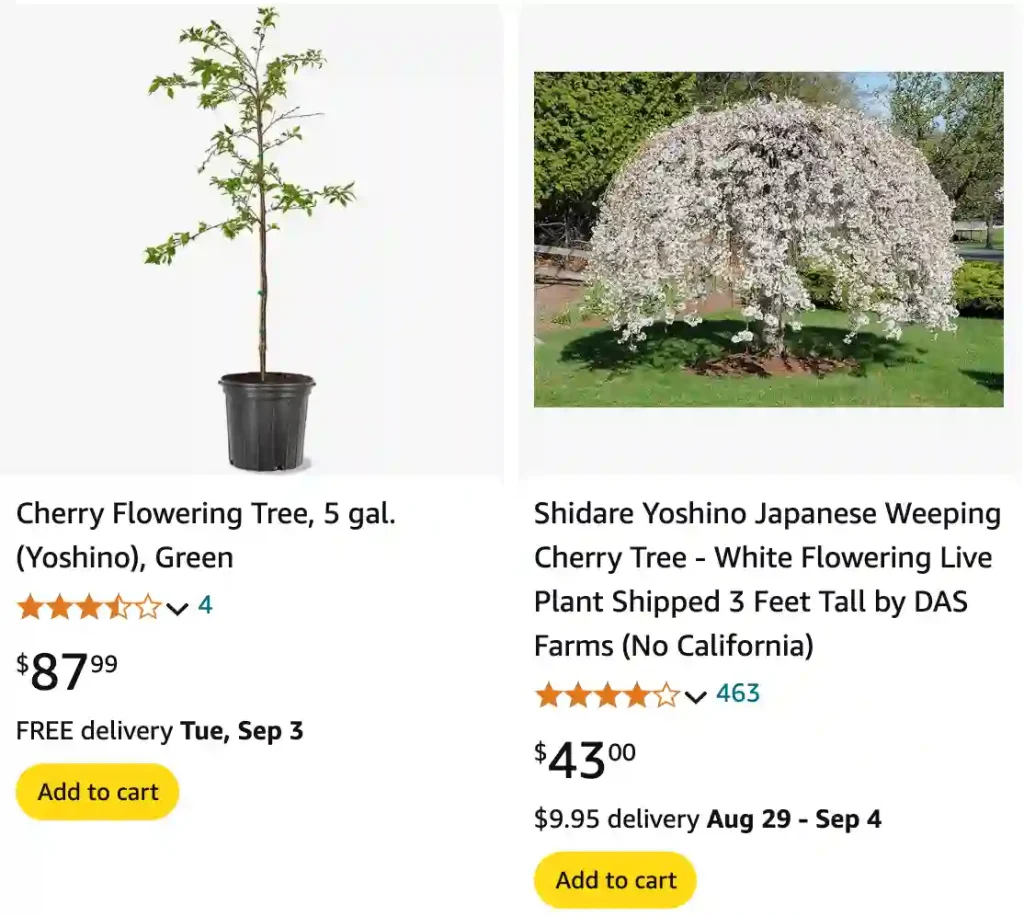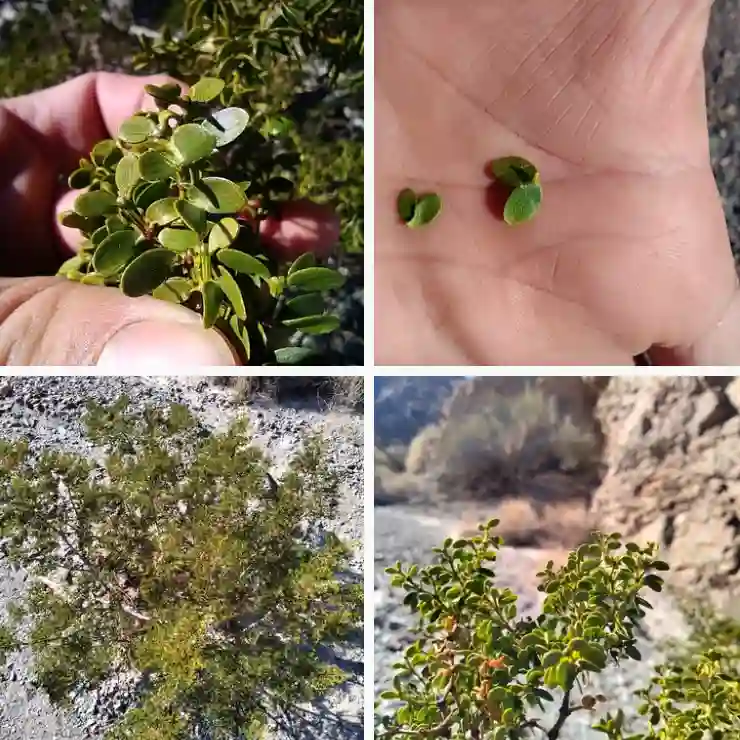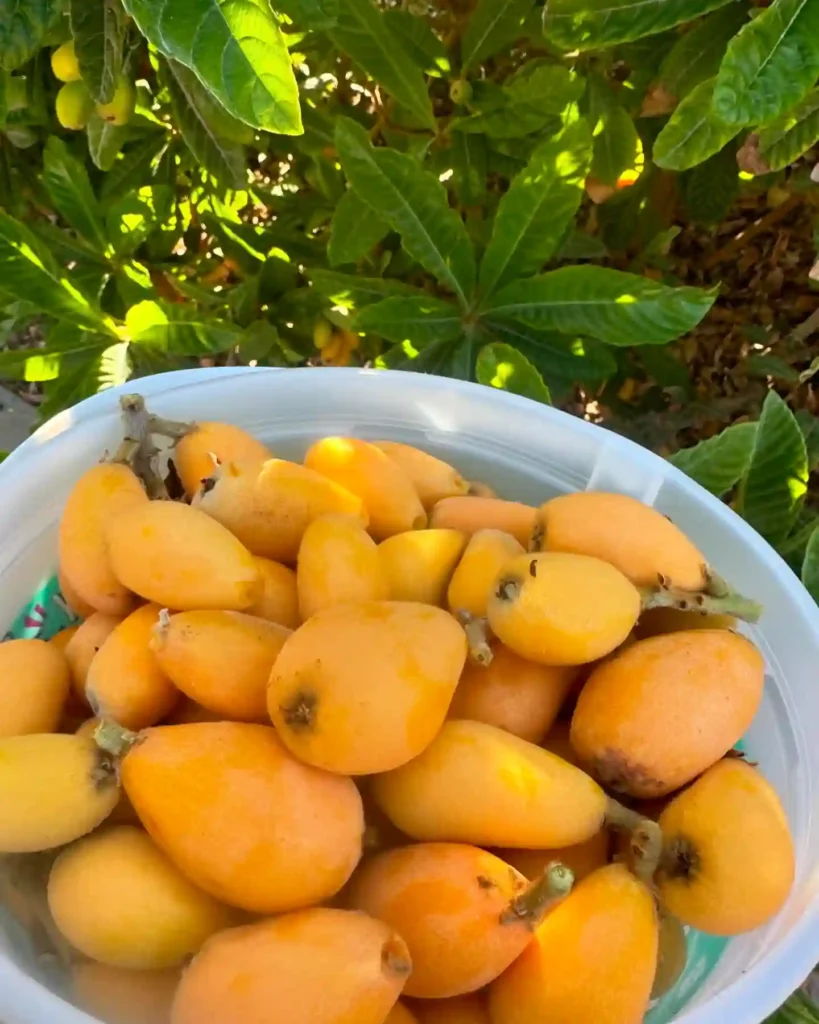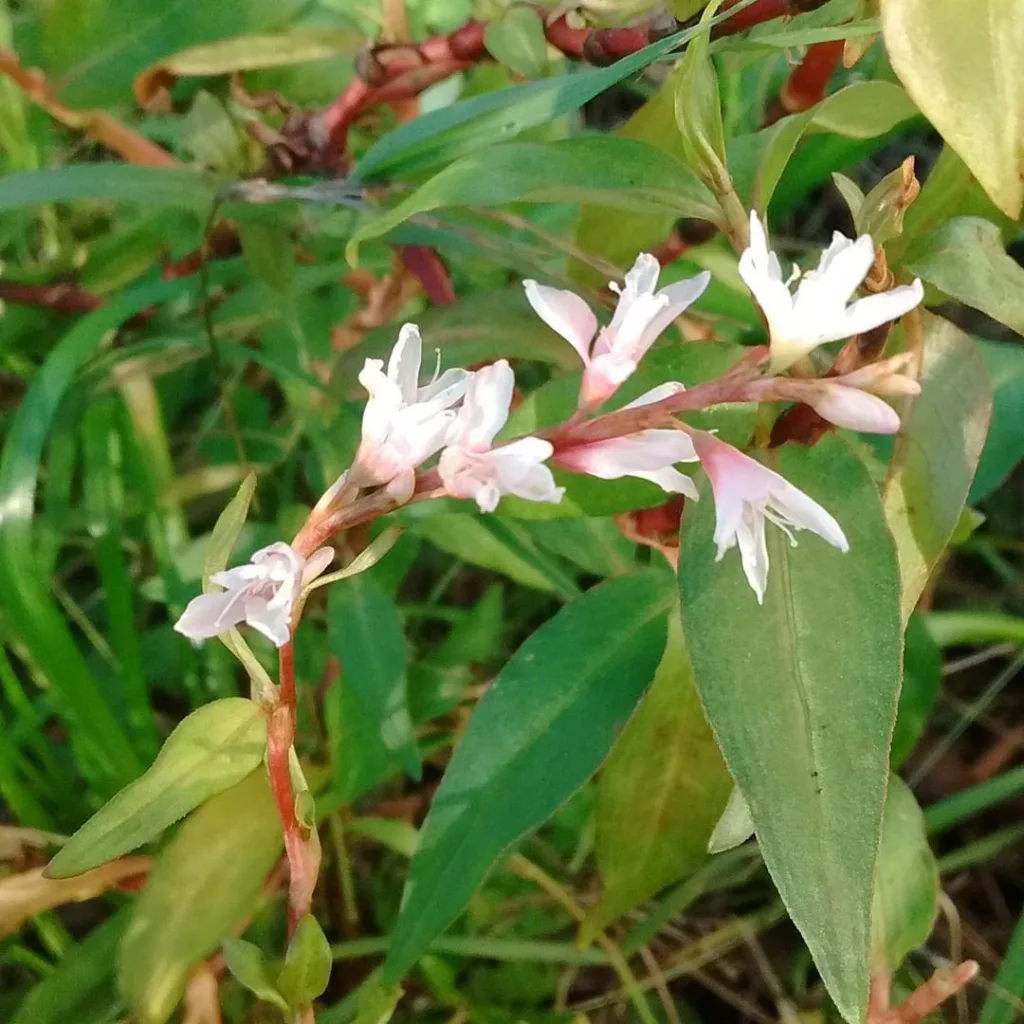
FAQs About Yoshino Cherry Trees
As an avid gardener and plant enthusiast, I’ve always been fascinated by the beauty and elegance of the Yoshino Cherry Tree. This iconic tree, known for its stunning springtime display of delicate pink and white blossoms, has captured the hearts of many. If you’re considering adding a Yoshino Cherry Tree to your garden or simply want to learn more about this beautiful tree, I’ve compiled a list of frequently asked questions to help you understand it better.
What Is a Yoshino Cherry Tree?
The Yoshino Cherry Tree, scientifically known as Prunus x Yedoensis, is a hybrid cherry tree originating from Japan. It is renowned for its early spring blooms, which consist of clusters of pale pink to white flowers. These blossoms create a breathtaking sight, often marking the arrival of spring. The tree itself has a rounded canopy and is deciduous, meaning it sheds its leaves in the fall. In addition to its beauty, the Yoshino Cherry Tree is also appreciated for its pleasant, faintly almond-like fragrance.
390 Species in Genus Prunus
Do Yoshino Cherry Trees Produce Fruit?
Yes, Yoshino Cherry Trees do produce fruit, but it’s not the type of fruit you would typically think of eating. The fruit is small, black, and more suitable for birds than humans. It’s not commonly harvested for human consumption, as it tends to be quite sour and not particularly palatable.
How Fast Do Yoshino Cherry Trees Grow?
Yoshino Cherry Trees are relatively fast growers. On average, they grow about 1 to 2 feet per year under optimal conditions. Their growth rate can be influenced by various factors such as soil quality, water availability, and sunlight. Ensuring they have well-drained soil and full sun exposure will promote faster growth and healthier trees.
When Do Yoshino Cherry Trees Bloom?
One of the most captivating aspects of the Yoshino Cherry Tree is its bloom time. These trees typically bloom in early spring, around March or April, depending on the climate. The blossoms last for a couple of weeks, creating a stunning display that draws admirers from near and far. The sight of Yoshino Cherry Trees in full bloom is a hallmark of spring and is celebrated in many cultures.
How Big Does a Yoshino Cherry Tree Get?
Yoshino Cherry Trees can grow to be quite large, reaching heights of 30 to 50 feet with a spread of 25 to 40 feet. Their size makes them a striking focal point in any landscape, providing shade and beauty. When planting a Yoshino Cherry Tree, it’s essential to consider its mature size to ensure there’s enough space for it to grow without being crowded.
How Long Do Yoshino Cherry Trees Live?
Yoshino Cherry Trees have a relatively short lifespan compared to other trees. They typically live for about 30 to 40 years. However, with proper care, some trees have been known to live longer. Regular pruning, adequate watering, and protection from pests and diseases can help extend the life of a Yoshino Cherry Tree.
Are Yoshino Cherry Tree Roots Invasive?
The roots of Yoshino Cherry Trees are not known to be invasive. However, like many trees, their roots can spread out and cause issues if planted too close to structures such as sidewalks or foundations. To avoid potential problems, it’s a good idea to plant Yoshino Cherry Trees at least 15 to 20 feet away from buildings and paved areas.
Are Yoshino Cherry Trees Toxic to Dogs?
Yes, Yoshino Cherry Trees are toxic to dogs. The leaves, stems, and seeds contain cyanogenic glycosides, which can release cyanide when ingested. It’s essential to keep pets away from the tree, especially from fallen leaves or fruit. If you suspect your dog has ingested any part of the Yoshino Cherry Tree, it’s crucial to contact a veterinarian immediately.
Are Yoshino Cherry Trees Deer Resistant?
Yoshino Cherry Trees are not particularly deer-resistant. Deer may browse on the young shoots and leaves, especially in areas where food is scarce. If you live in a region with a high deer population, you might need to use protective measures such as fencing or deer repellents to prevent damage to your trees.
Can You Grow a Yoshino Cherry Tree in a Pot?
While it’s possible to grow a Yoshino Cherry Tree in a pot, it’s not ideal for long-term growth. These trees can become quite large, and their root systems need ample space to thrive. If you choose to grow one in a pot, make sure the pot is large enough to accommodate the roots, and be prepared to transplant it into the ground eventually. Regular pruning and careful monitoring of soil moisture and nutrients are essential when growing Yoshino Cherry Trees in pots.
How Far Apart to Plant Yoshino Cherry Trees?
To ensure proper growth and airflow, it’s recommended to plant Yoshino Cherry Trees about 20 to 30 feet apart. This spacing allows each tree to develop its full canopy and prevents overcrowding, which can lead to disease and poor growth. Proper spacing is also essential for the trees to showcase their beautiful blooms to their full potential.
Yoshino Cherry vs. Kwanzan
Yoshino Cherry Trees and Kwanzan Cherry Trees are both popular ornamental cherry varieties, but they have distinct differences. Yoshino Cherry Trees have pale pink to white flowers and a more subtle, delicate appearance. In contrast, Kwanzan Cherry Trees have bright pink, double flowers, giving them a fuller, more dramatic look. Both trees are stunning, but the choice between them often comes down to personal preference and the desired aesthetic for the landscape.
Yoshino Cherry vs. Akebono
Yoshino Cherry Trees are often compared to Akebono Cherry Trees, another beautiful variety. While both have similar pale pink to white blossoms, Akebono Cherry Trees have slightly larger flowers and a more upright growth habit. Akebono trees also tend to bloom a bit earlier than Yoshino Cherry Trees. Both trees are excellent choices for adding springtime beauty to any garden.
How to Care for a Yoshino Cherry Tree
Caring for a Yoshino Cherry Tree involves providing it with full sun, well-drained soil, and regular watering, especially during dry spells. Pruning is essential to maintain its shape and remove any dead or diseased branches. Fertilizing in early spring can promote healthy growth and abundant blooms. Protecting the tree from pests and diseases is also crucial, as cherry trees can be susceptible to issues such as aphids, borers, and fungal infections.
Common Problems with Yoshino Cherry Trees
Like many plants, Yoshino Cherry Trees can face challenges. Common problems include pests like aphids and scale insects, diseases such as leaf spot and canker, and environmental stressors like drought or poor soil conditions. Regular monitoring and proactive care can help mitigate these issues and keep the tree healthy.
Benefits of Yoshino Cherry Trees
Yoshino Cherry Trees offer numerous benefits beyond their stunning beauty. They provide shade, attract pollinators such as bees and butterflies, and add aesthetic value to any landscape. These trees also hold cultural significance in many parts of the world, symbolizing renewal, beauty, and the transient nature of life.
In conclusion, Yoshino Cherry Trees are a wonderful addition to any garden, offering a burst of springtime beauty that is hard to match. Whether you’re drawn to their delicate blossoms, elegant form, or cultural significance, these trees are sure to bring joy and beauty to your outdoor space. By understanding their needs and characteristics, you can ensure that your Yoshino Cherry Tree thrives and continues to enchant for years to come.
If i die, water my plants!



